Letter of Intent Job Application Template Guide
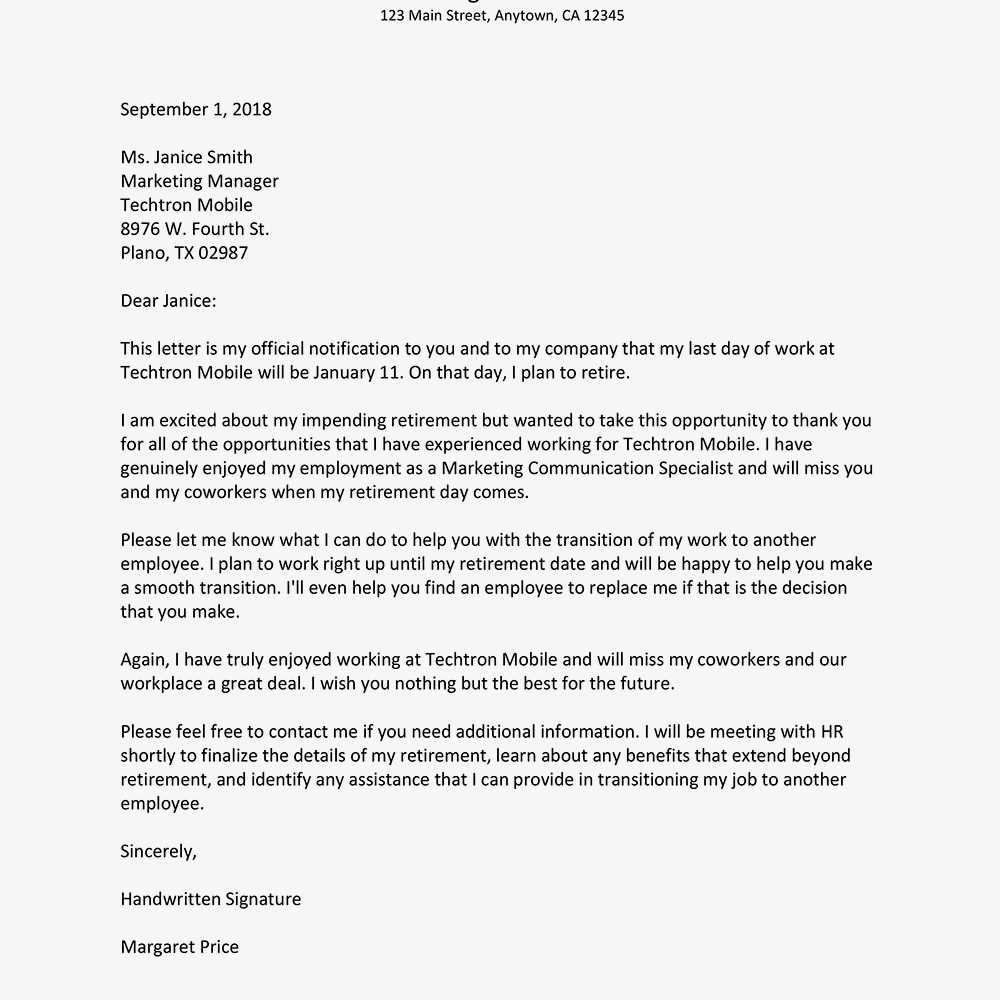
Crafting a professional letter to express interest in a position is an essential step in the hiring process. This document serves as a formal introduction, allowing you to convey your enthusiasm for a potential role while highlighting your qualifications. A well-written letter helps establish a connection between your skills and the employer’s needs, making it a powerful tool in your career journey.
Core Aspects to Include in Your Correspondence
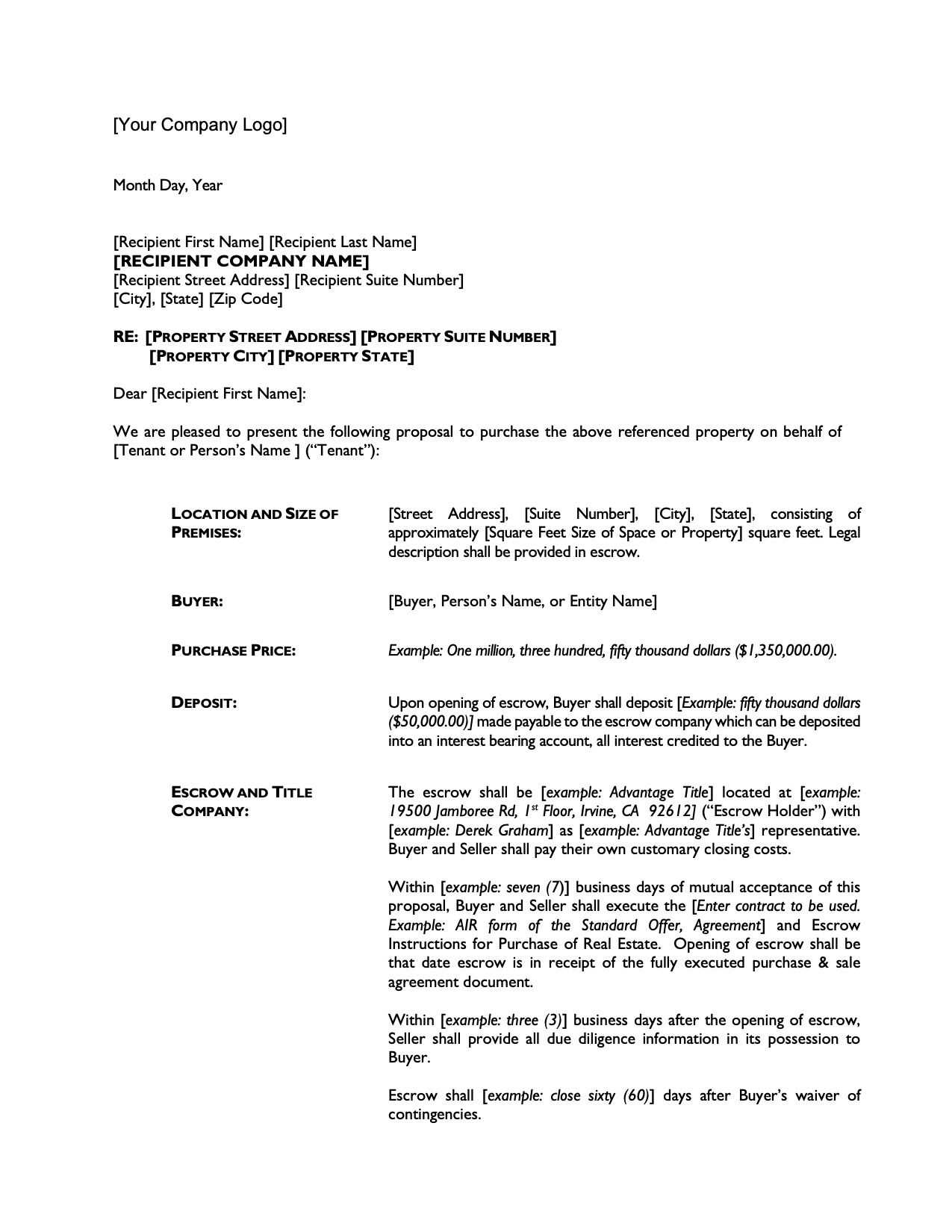
Every letter should include key components that reflect your personality, qualifications, and professional aspirations. The content should be concise yet informative, capturing the employer’s attention and showcasing your potential. Below are the vital elements to incorporate:
- Introduction: Begin with a brief introduction, stating the position you’re interested in and where you found the opportunity.
- Qualifications: Highlight your relevant skills and experiences that make you a strong fit for the role.
- Connection to the Company: Demonstrate why you are drawn to the organization and how your values align with their mission.
- Conclusion: End with a polite request for further discussion, and express your willingness to provide additional details if needed.
Personalizing Your Communication
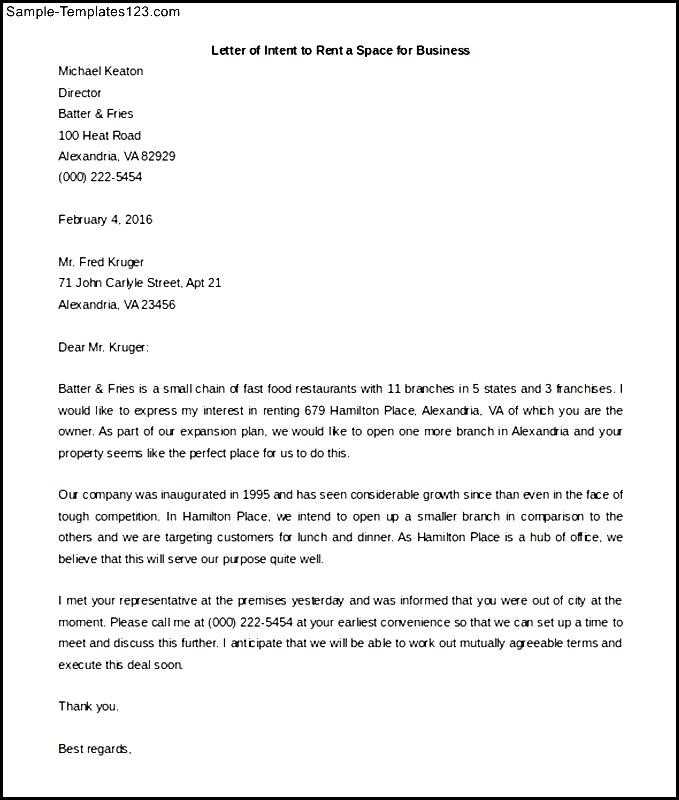
To make a lasting impression, it’s crucial to personalize your letter. Avoid using a generic template for every opportunity. Take the time to research the company and tailor the content to reflect your understanding of their goals. This demonstrates genuine interest and effort, making you stand out among other candidates.
Formatting Tips
Proper formatting is essential for readability and professionalism. Follow these tips to ensure your letter looks polished:
- Use a clear, legible font like Arial or Times New Roman.
- Stick to a clean, organized layout with appropriate spacing.
- Ensure that your contact details are easily accessible at the top of the page.
Common Pitfalls to Avoid
While creating a professional letter, it’s important to be mindful of common mistakes that can hinder its effectiveness. Here are some common errors to avoid:
- Overly Generic Content: Avoid sounding too formulaic or impersonal.
- Spelling and Grammar Mistakes: Always proofread your letter to ensure it’s free from errors.
- Excessive Length: Keep it concise and focused on the most relevant points.
Final Thoughts
A well-crafted letter can significantly increase your chances of landing an interview. By following the guidelines provided and tailoring your correspondence to suit each opportunity, you’ll improve your prospects and make a memorable first impression on potential employers.
Professional Correspondence for Career Opportunities
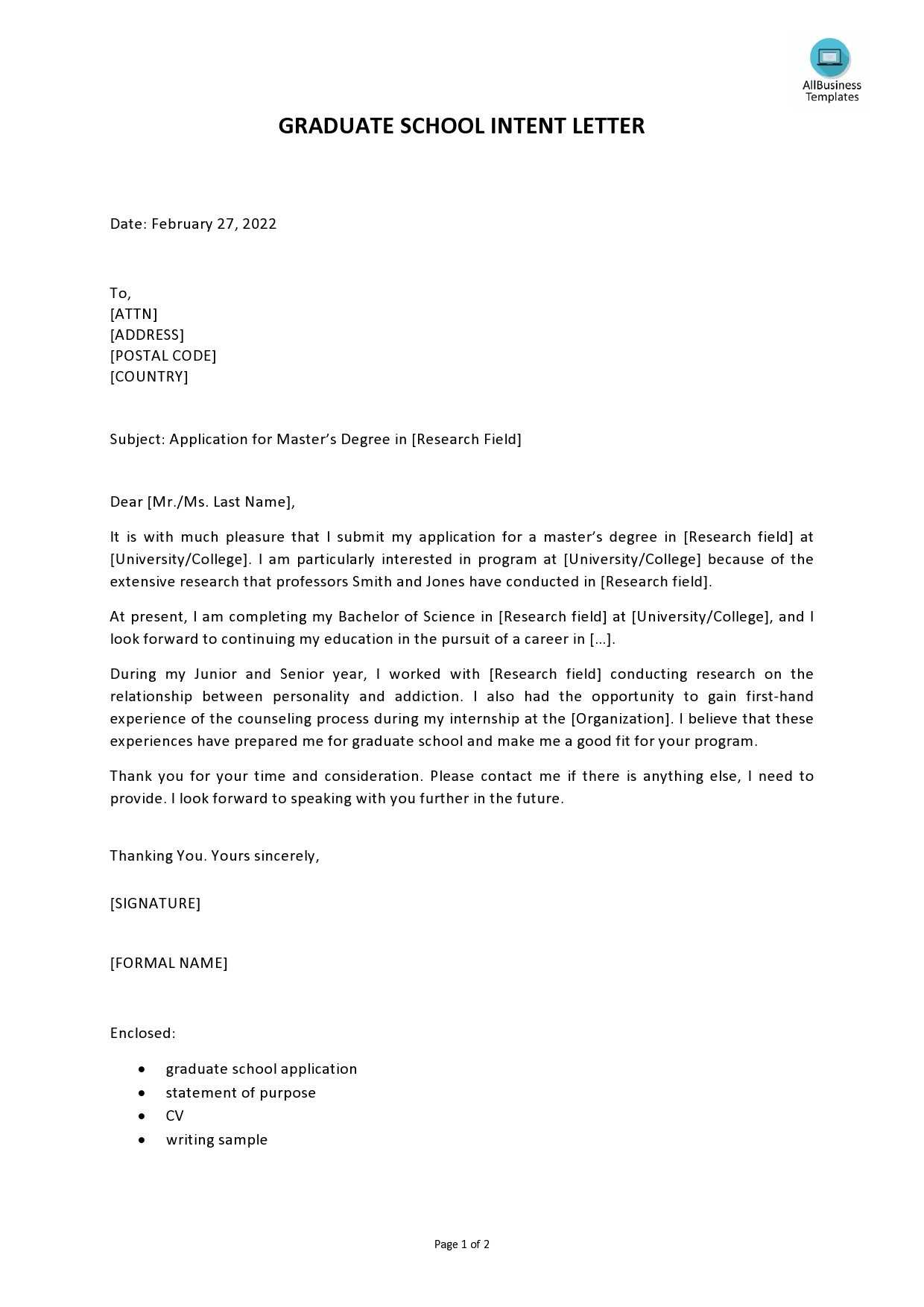
Crafting an effective document to express your interest in a position is a critical step in the hiring process. It allows you to communicate your enthusiasm and present yourself as a strong candidate. The purpose of this document is to demonstrate how your skills and experience align with the organization’s needs, while also reflecting your genuine interest in joining their team.
Core Elements to Include
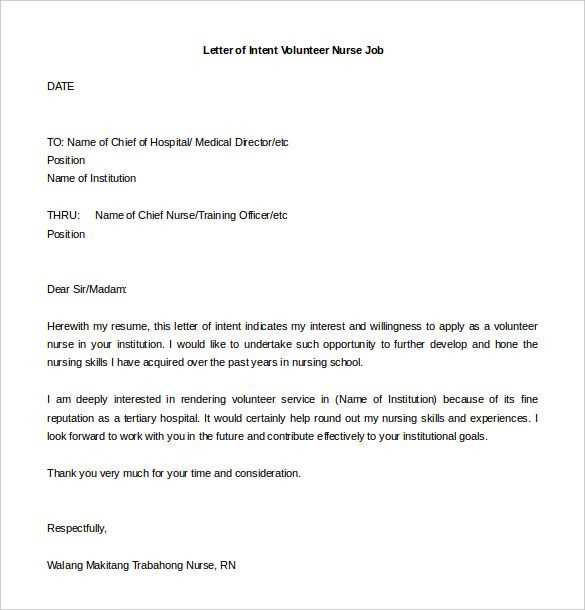
When writing this type of correspondence, it’s important to include several key components that effectively highlight your qualifications and demonstrate your fit for the position. These elements ensure that the employer has all the necessary information to consider your application favorably.
- Opening Paragraph: Start with a concise introduction, stating the position you are interested in and how you discovered the opportunity.
- Skills and Experience: Focus on the qualifications and experiences that directly align with the requirements of the position.
- Interest in the Company: Share why you are particularly drawn to the organization and how your values align with their goals.
- Closing Paragraph: Politely express your desire to discuss the role further and provide your contact information for follow-up.
Tailoring Your Correspondence
To stand out, it’s essential to customize your document for each specific opportunity. Rather than using a generic message, take the time to research the company and align your communication with their values, culture, and goals. A personalized message demonstrates your commitment and increases the chances of being noticed.
Additionally, avoid common mistakes like using overly generic language or failing to proofread your document. Formatting should be simple and professional, with clear headings and easily readable text. By following these guidelines, your correspondence will have a greater impact and improve your chances of securing an interview.